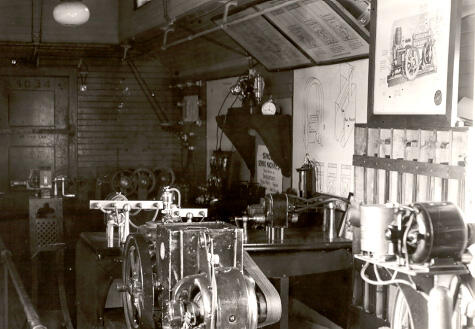
Title and statement of responsibility area
Titel
Better Farming Train - Displays
Algemene aanduiding van het materiaal
- Graphic material
Parallelle titel
Overige titelinformatie
Title statements of responsibility
Titel aantekeningen
Beschrijvingsniveau
Stuk
archiefbewaarplaats
referentie code
Editie
Editie
Edition statement of responsibility
Class of material specific details area
Statement of scale (cartographic)
Statement of projection (cartographic)
Statement of coordinates (cartographic)
Statement of scale (architectural)
Issuing jurisdiction and denomination (philatelic)
Datering archiefvorming
Datum(s)
-
1920 (Vervaardig)
Fysieke beschrijving
Fysieke beschrijving
1 photograph : b&w ; 12.7 x 17.78 cm
Publisher's series area
Title proper of publisher's series
Parallel titles of publisher's series
Other title information of publisher's series
Statement of responsibility relating to publisher's series
Numbering within publisher's series
Note on publisher's series
Archivistische beschrijving
Naam van de archiefvormer
Geschiedenis beheer
Bereik en inhoud
Displays of engines, belts, pulleys with a "Singer Sewing Machines" poster overhead in the interior of the Mechanical Car of the Better Farming Train
Bio/Historical Note: From 1914 to 1922 a Better Farming Train (BFT) toured the province providing lectures and demonstrations and presenting exhibits on matters pertaining to agriculture. Funded by the Agricultural Instruction Act, equipped jointly by the Department of Agriculture and the College of Agriculture, and staffed by the University of Saskatchewan, the BFTs were operated free of charge by the railways. Consisting of between 14 to 17 cars they toured the province for several weeks each summer. During part of one summer two trains operated. The train was divided into five sections: Livestock; Field Husbandry; Boys and Girls; Household Science; Poultry; and Farm Mechanics. A converted flat car acted as a platform for the display and demonstration of the "well-selected" horses, cattle, sheep, swine and poultry. Each section usually contained a lecture car accompanied by one or more demonstration cars.

